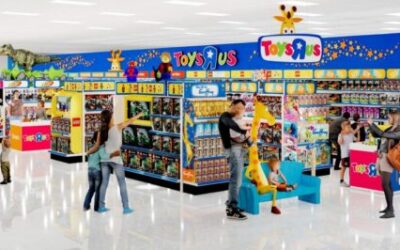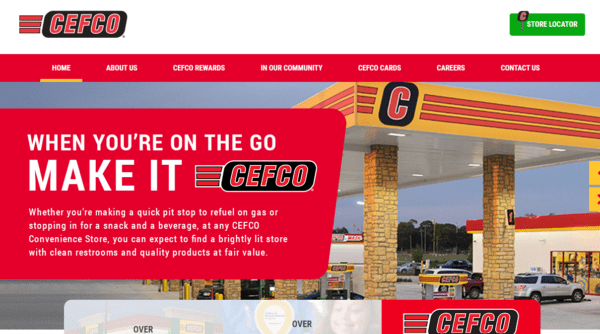Are Queues Really a Good Thing?


Few signs of success are as glaringly obvious for retailers as a queue forming outside your door. For many it’s a dream come true. But does a queue always spell success?
I’ve spent my entire adult life working in retail and hospitality, from a Wafflemeister in London to hundreds of currency exchange spots worldwide. My recent work writing a book about tourism retail has involved speaking with a huge range of other retailers, from luxury executives to humble small shop owners. And when it comes to queues, the consensus is mixed.
The Upside of a Queue
Let’s start with the positives: A queue acts as free advertising for the popularity of your product or service.
The mere presence of a queue indicates that you offer something people are willing to wait in line for. This sets you apart from competitors and piques the interest of passersby. It also creates a sense of urgency for potential customers: if they don’t join the queue now, they might miss out later. Moreover, those who invest their time waiting in line are likely to place a higher value on your product or service.
In my experience, queues tend to generate more buzz for hospitality venues than retailers. A line outside a boutique sandwich shop signals authenticity to customers, especially if the sandwiches are made fresh. This authenticity is particularly appealing for unique local establishments. While you can order a designer watch online, you can’t grab a gelato on a hot day from one.
But successful queues aren’t exclusive to hospitality. They can also work very well for retailers, particularly those selling limited-edition items like sneakers or streetwear. The tradition of queuing for such products adds to their allure, and a certain number of customers can essentially “guarantee” they will get a product by queuing up early enough, something hard to achieve online.
On the Downside
Queues can be a double-edged sword.
While they attract certain shoppers, like the young and able-bodied, they can deter others. Tourists, who generally have a lot of disposable income but not a lot of time, may be put off by the prospect of waiting in line. And relying on queues to access certain merchandise effectively excludes customers who may not be willing or able to queue for extended periods. Some of these people may be willing to spend quite a lot of money in your store — but not a lot of time outside it, in the cold.
Anticipating and Managing Queues
The key to a successful queue lies in planning.
By predicting when queues are likely and integrating them into the customer experience, you can turn waiting in line into a positive experience. For example, Dishoom in London is renowned for its queues but mitigates the inconvenience by offering complimentary chai to waiting customers. Luxury retailers in other markets commonly offer things like hot chocolates.
But Dishoom always has queues, so can easily plan for them. Your queues may be more varied. So how to predict them?
A wide variety of software can plug into your existing technology and help to predict when queues are likely, and give you data on how many people abandon your queue.
But you can also use some common sense and a bit of reading around. Good weather makes queues more likely. Large events near your location make queues more likely. If you’re in a tourist hotspot, look around for advance data on travel bookings. If possible, form a bit of a whisper network with others in your area.
There are also the factors that are within your control, like staffing levels. Take a look at your HR software and try to work out if there is a trend with sick leave in certain months — that could be when you suddenly see queues, as stores with just one or two people staffing them cannot safely allow more customers in. This is the hidden driver of queues that your customers might not understand — the risk of shoplifting.
Alternatively, some retailers may benefit from implementing appointment systems, akin to restaurant reservations. While this approach may not suit every business, it can cater to customers with high purchasing power and limited time, providing them with a personalized luxury experience.
In conclusion, queues can either enhance or hinder your business depending on how well you prepare for them. With proper planning and foresight, a queue can serve as a testament to your popularity and drive sales. Neglecting to plan, however, will result in lost revenue and disgruntled customers.
Sacha Zackariya is the CEO of Prosegur Change and the author of Leading Travel and Tourism Retail, a 2023 book synthesizing decades of retail experience and interviews with top leaders in the field.











